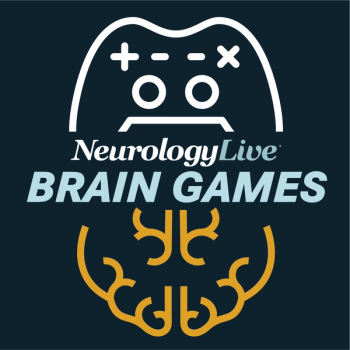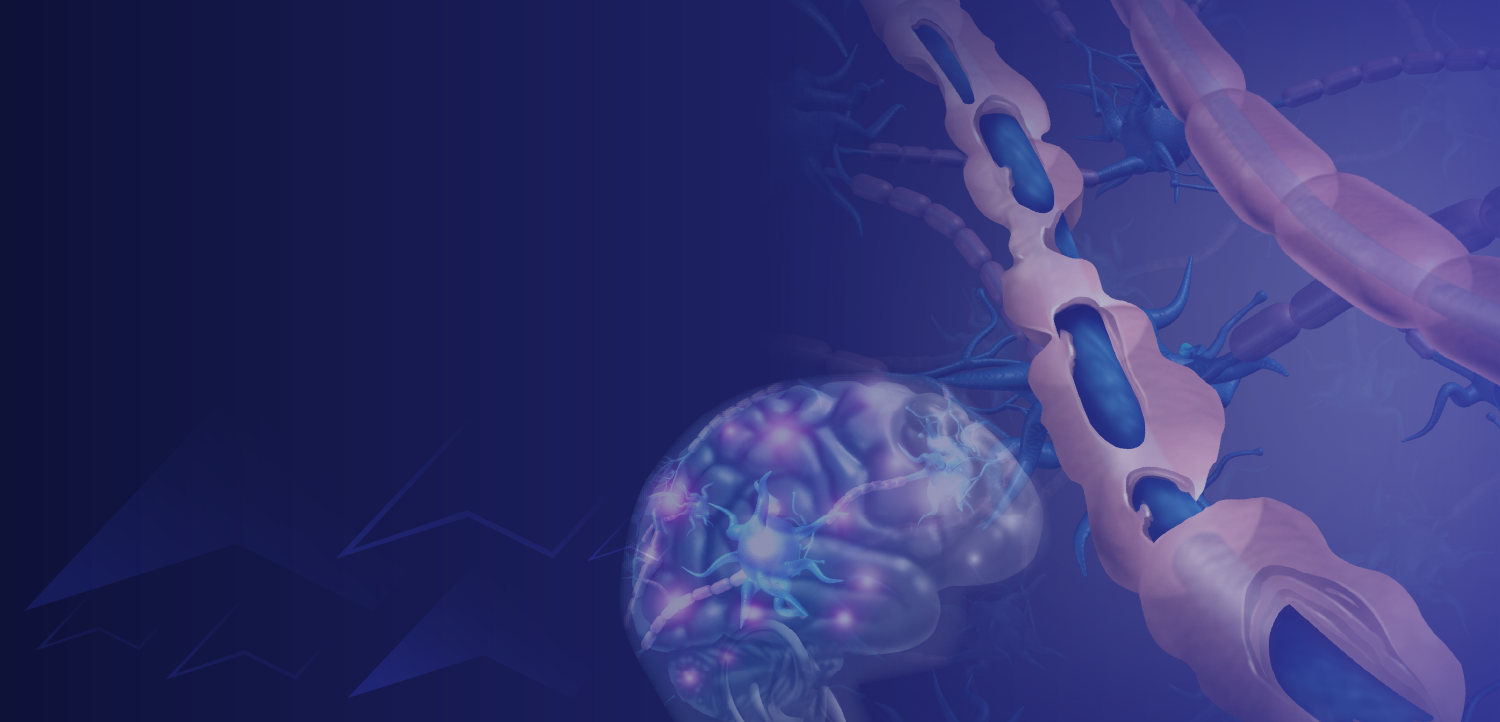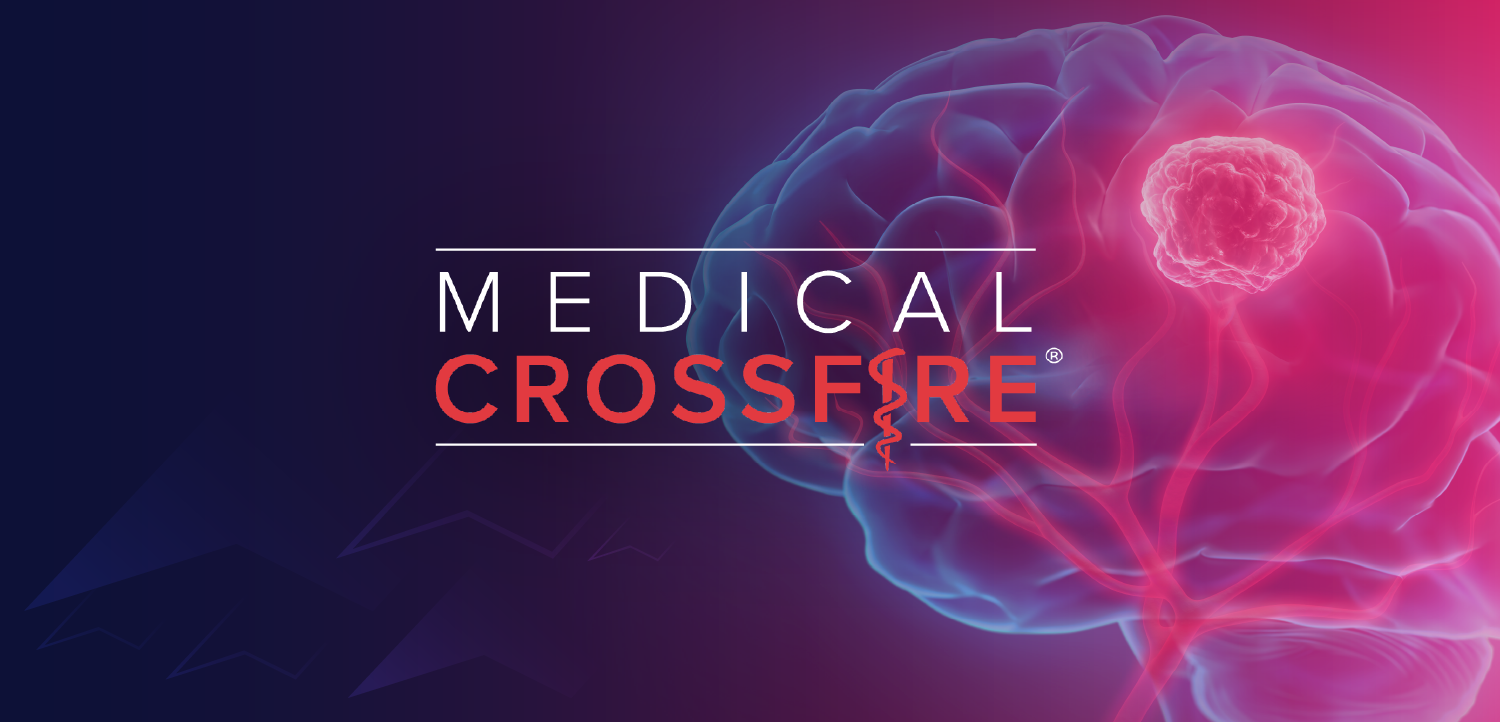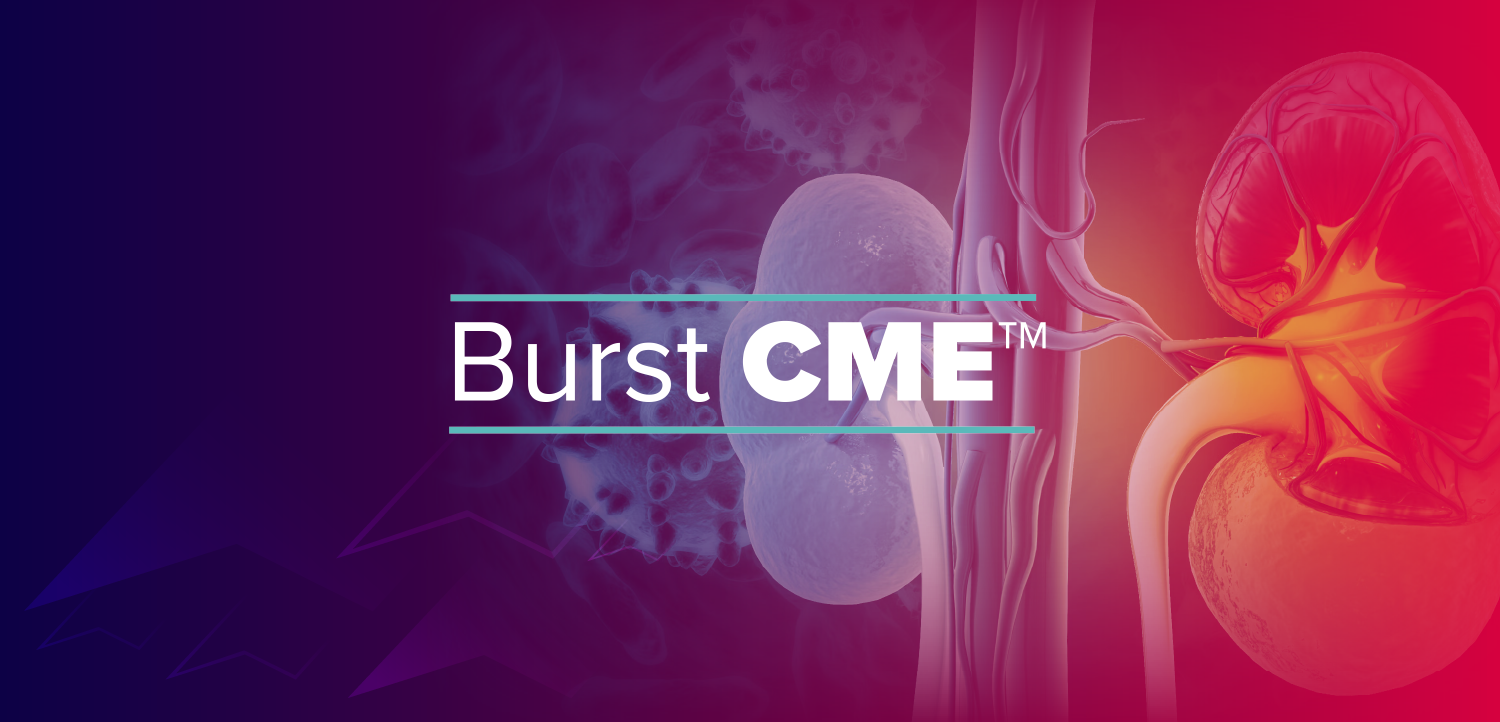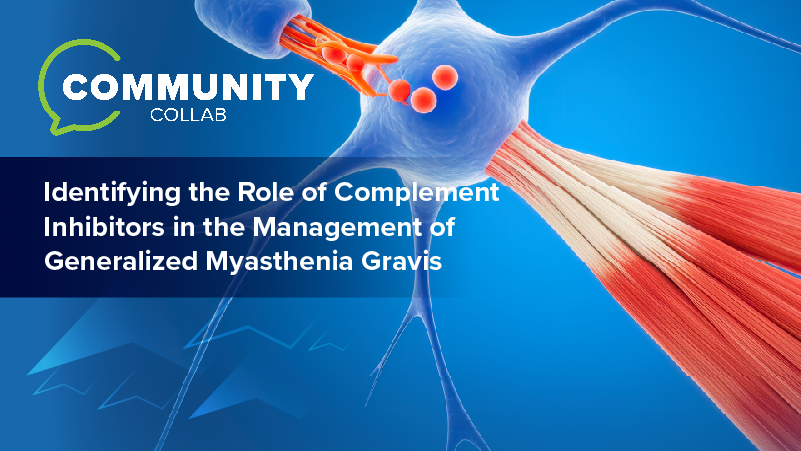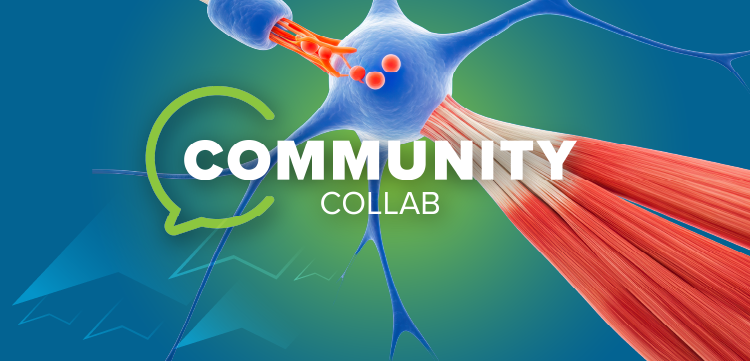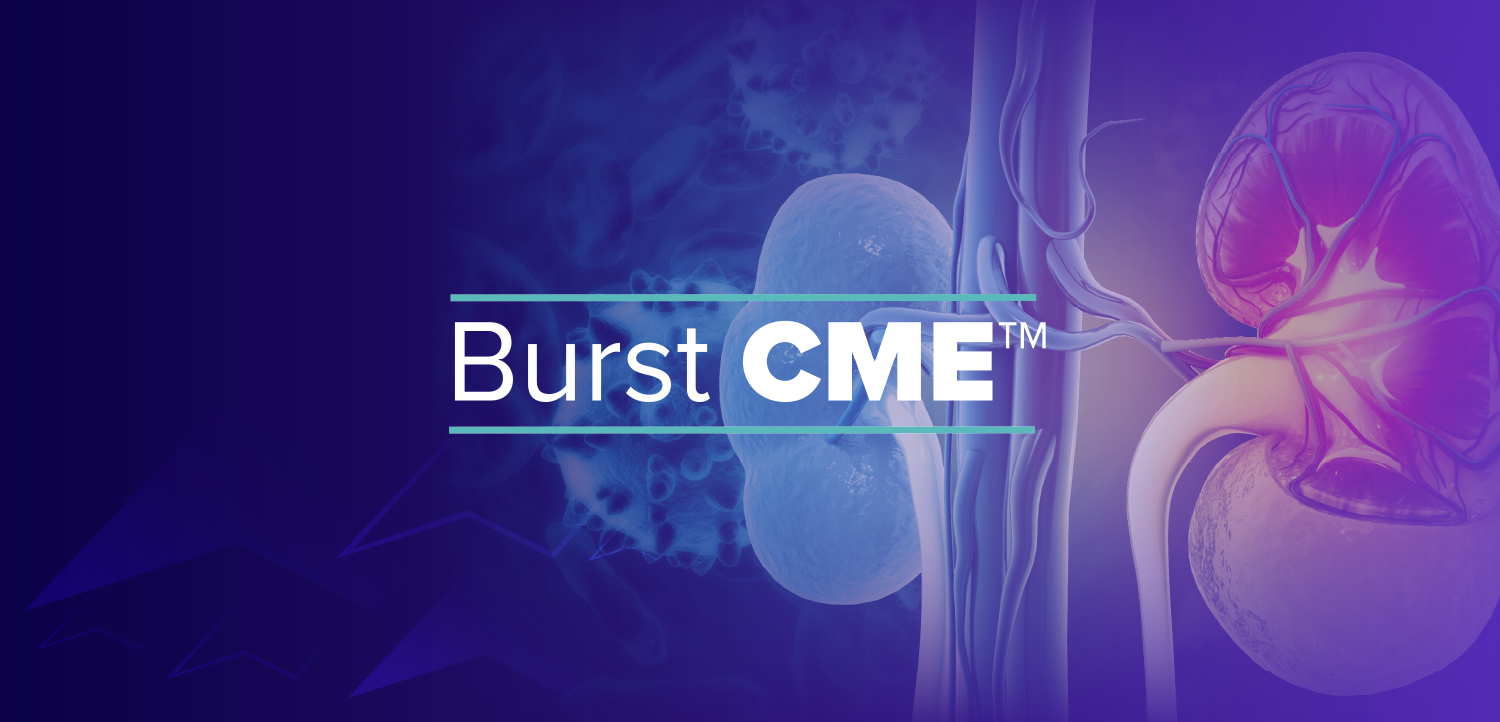
Phase 2 GABriella Study Represents First Step in Testing Selective Novel Y-Secretase Modulators for Prodromal Alzheimer Disease
Key Takeaways
- The GABriella trial evaluates nivegacetor, a novel GSM, in amyloid-positive prodromal Alzheimer's patients, focusing on safety and brain amyloid accumulation over 72 weeks.
- Participants are randomized to placebo or varying doses of nivegacetor, with baseline data showing a mean age of 71.7 years and most having mild cognitive impairment.
Researchers unveil promising findings from the GABriella trial, exploring a novel treatment for prodromal Alzheimer's disease at AAIC 2025.
At the
To date, 256 participants have been recruited for the study and were randomized to either placebo (n = 70), nivegacetor 30 mg (n = 35), nivegacetor 60 mg (n = 70), or nivegacetor 120 mg (n = 70). Coming into the study, about one-third (33.9%) of patients were on stable symptomatic treatment for AD, and 63.3% of the participants carried at least 1 apolipoprotein (APOE) e4 allele (46.2% heterozygous; 17.1% homozygous). Of the recruited group, 11 withdrew their consent at baseline before dosing began.
Led by Rosanna Tortelli, MD, PhD, a clinical research fellow at the University College London, the study includes patients aged 60 to 85 years of age who are amyloid positive and considered in the prodromal stage of AD. These patients must be cognitively unimpaired or experience mild cognitive impairment (MCI) due to AD, according to the 2018 National Institute of Aging-Alzheimer’s Association criteria, and have Clinical Dementia Rating Scale-global scores between 0 to 5 at screening.
GABriella will primarily study the safety of nivegacetor, a novel, potent, and selective oral GSM, as well as the agent’s effect on brain amyloid accumulation. GSMs emerged from the idea that one of AD’s root pathological processes–amyloid-ß accumulation–might be tackled not by halting amyloid production entirely, but by selectively altering it. These types of agents differ in that they modulate the enzyme’s cleavage pattern, lowing Aß42 production while increasing shorter, less toxic Aß species, without shutting down Notch signaling.
READ MORE:
Coming into the study, the mean age of the recruited population was 71.7 years (SD, 5.4), with a mean body mass index of 25.1 kg/m (SD, 3.6). Most patients had a diagnosis of MCI due to AD (87.9%), and 89.5% had a CDR-GS of 0.5. Overall, the mean CDR-sum of boxes score was 2.3 (SD, 1.2), while the mean centiloids count for the cohort was 77.1 (SD, 24.9).
At screening and at the end of the study, patients will undergo amyloid PET and brain MRI scans for eligibility and pharmacodynamic (PD) assessments. Similarly, patients will undergo lumbar punctures during those times, as well as have plasma samples collected at each visit for pharmacokinetic (PK) and biomarker measurements. In addition to collecting PK and PD samples, the study will explore some exploratory objectives, including change in phosphorylated tau, biomarkers of neurodegeneration, neuroinflammation, and synaptic dysfunction, as well as changes in cognitive function, using CDR-sum of boxes and Cogstate Cognitive Test Battery.
Prior to GABriella, nivegacetor was
At the highest dose, an approximate 500% and 150% increase from baseline in the ratio of Aß37/Aß40 and Aß38/Aß42, respectively, was measured. Over a 2-week period, multiple ascending doses of nivegacetor resulted in increases of approximately 350%, 1100%, 40%, and 400% in Aß37, Aß37/Aß40, Aß38, and Aß38/Aß42, respectively. Throughout this time, investigators observed decreases of 60% and 70% in Aß40 and Aß42, respectively.
REFERENCES
1. Tortelli R, Gaspar E, Kurniawan IT, et al. GABriella, a Phase 2a study investigating the gamma-secretase modulator RG6289 (nivegacetor) in individuals at risk for and at the prodromal stage of Alzheimer’s disease: baseline characteristics of the recruited participants. Presented at: AAIC 2025; July 27-31; Toronto, Canada. ABSTRACT 108331
2. Mueggler T, Portron A, Poirier A, et al. Pharmacodynamic effect of a new y-secretase modulator, RG6289, on CSF amyloid-ß peptides in a randomized phase 1 study. Presented at: AAIC; July 28-August 1, 2024. Philadelphia, PA. POSTER: 95213
Newsletter
Keep your finger on the pulse of neurology—subscribe to NeurologyLive for expert interviews, new data, and breakthrough treatment updates.


